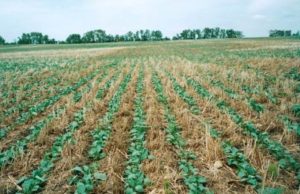September 13, 2017 | Kris Cherewyk
Canola Variety Selection for Maximum Drill Performance
Harvest time across the prairies means a lot of quality time in either the combine, tractor or grain truck cab with the radio on. Over the previous month, radio commercials from canola seed companies have been filling the airwaves. While the primary focus is to complete harvest in a timely and safe fashion, it’s also the best opportunity for producers to evaluate the performance of the canola varieties they’ve grown this year. Each variety has its own agronomic traits that distinguish itself from others, and it’s up to growers to determine which ones work best on their farms for the goals they would like to accomplish in their canola harvest.
A yield trial is one snapshot in time based on the results of a specific field location in that particular year, and the various climatic factors which occurred. It’s easy to select a canola variety based on its yield potential from a field trial, but the fact of the matter is, it may not always be the best fit for your farm specifically. Many questions need to be asked rather than simply looking at yield numbers. Is the variety’s maturity best suited to the farm’s location and harvest operations? Does it feature pod shatter technology? How does it stand up against adverse weather conditions? Which diseases does the variety provide resistance against? Does the variety fit into my crop rotation? Each farm operation is unique and all these variables need to be considered to determine which ones to choose.
Seed Hawk’s consistent, precise fertilizer-to-seed placement provides a premium seeding system with which to plant a canola crop in all conditions (even and especially drought as we’ve seen in 2017). However, even the best seeding technology requires the correct variety selection to achieve full potential. Taking the time to thoroughly plan a canola rotation this fall, in addition to utilizing Seed Hawk technology in the spring, will result in a winning season for growers in 2018.

